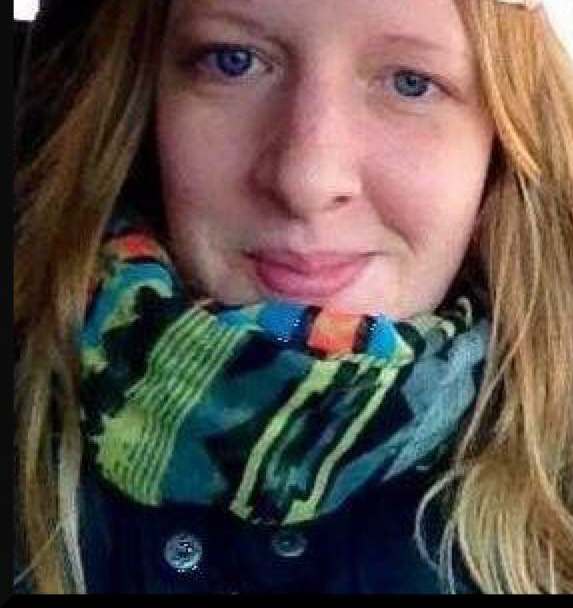FILM: Which Way Did He Go? Lateral Character Movement (in Film)
- Nadine Mitchell

- Nov 28, 2017
- 2 min read

Why does movement right to left matter? See this video for explanation:
*plus a lot of bonuses in regards to why we read from left to right.
Here you can also use a video for basic film shot types:
Explanation of all camera shots and info can be found here too (you must be a subscriber):
(info also below, credit to Brad Philpot)
Camera shot
How far is the camera from its subject? The answer to this question can have a great impact on the viewer's experience.
A 'close up' (CU) or 'extreme close up' (XCU) such as this one in Figure 2.1.3a, taken from 2001: A Space Odyssey, can make the viewer feel uncomfortable or claustrophobic.
A 'medium shot' (MS), such as Figure 2.1.3b from Charlie Chaplin's 'Modern Times', places the viewer at a comfortable distance.
A 'long shot' (LS), or 'extremely long shot' (LS), such as Figure 2.1.3c from E.T gives viewers a glimpse of the 'big picture'. It can make the viewer feel in command.
Camera angle
How is the camera titled in relation to the subject? The audience's position and attitude toward the subject is often determined by the angle of the camera.
A 'Bird's-eye view' or 'high angle' will give the audience the impression that they stand above the subject, perhaps in an omniscient, God-like manner. This can be seen in Figure 2.1.3e from Knife in the Water by Roman Polanski.
Viewing the subject at 'eye level' puts the audience and the subject on equal ground. The audience is more likely to empathise with the characters from this angle.
A low angle puts the audience beneath the subject, making them look up to their characters. In Figure 2.1.3f from Pulp Fiction, the audience sees these two hit men from below, resulting in fear and trepidation. A 'worm's-eye view' places the audience even lower, making the audience feel like an insignificant part of the character's actions.
Camera movement
When filming, the camera does not always stay still. The movement of the camera can also have an effect on the way the audience thinks about the subject.
The subject may stay still, while the camera moves around it. Or the camera may stay in place while turning horizontally or vertically. Such horizontal movements are known as 'pans' and such vertical movements are known as 'tilts'. Though difficult to depict with a still, Figure 2.1.3g from Lord of the Rings gives an impression of movement, which is essential to its storyline.
Sometimes the subject and the camera both move together. Such shots require a 'dolly', which is a kind of cart that is sometimes on tracks. This gives the audience the impression that they are moving with their characters.
A hand-held shot is taken without a dolly or tripod. They give the reader the impression that they are moving through the movie as one of the characters might move through it. It is a technique often used in horror movies.
Finally one must consider the lenses' ability to zoom in on its subject. Zooming in an a particular person or thing is a very direct way for the director to tell the audience about what is important.



















Comments